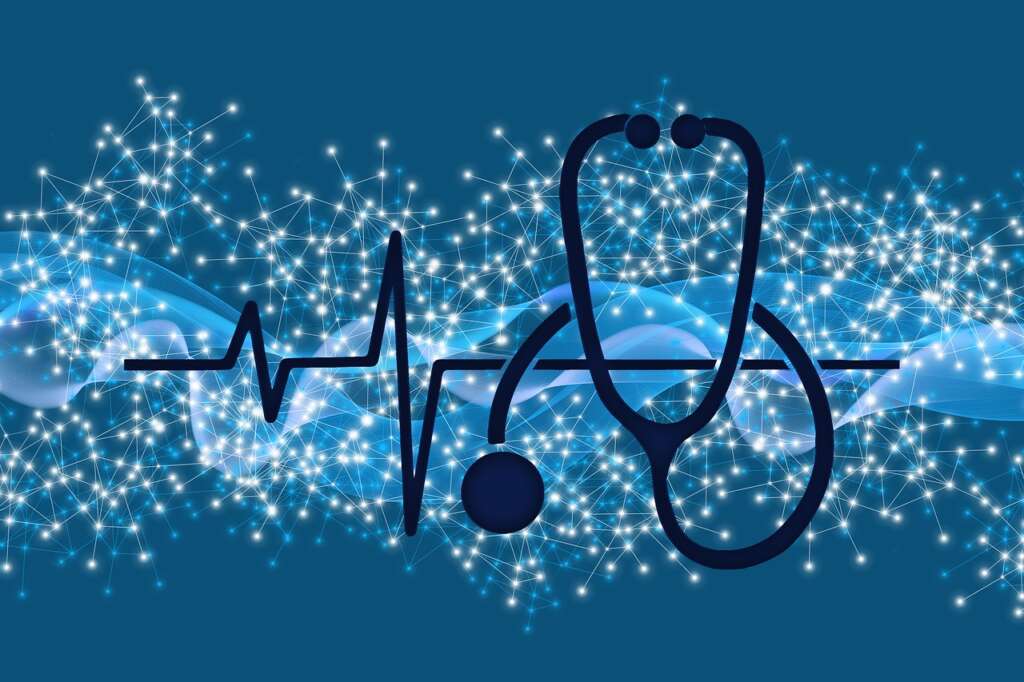Interoception is the process by which we become aware of internal signals from the body. These include digestion, heartbeats, pain, and feelings. In fact, research indicates that the ability to sense cardiac signals is associated with better emotion regulation. In addition, sensitivity to cardiac signals is also associated with a lower likelihood of developing a mental illness
THE LINK BETWEEN THE BREATH, THE HEART AND EMOTIONS
The link between bodily signals and emotions is better explained by psychophysical theories of emotions, which posit that visceral activity is a fundamental component of emotions. More particularly, perception of visceral activity precedes the experience of emotions.
Heartbeat detection is a preferred measurement to test individuals’ awareness of their bodily signals, because heartbeats are discrete events that can be measured easily. Interestingly, reports from these studies indicate that people who perform well on these tasks tend to be more emotional than the others.
Thus, these results suggest that individuals who are adept at perceiving their bodily signals experience emotions in a more intense way. In other words, good heartbeat detectors report more intense emotions than poor detectors, and this distinction remains regardless of the valence of the emotion (i.e., positive or negative).
Furthermore, breathing is a pertinent factor in the mind-body interaction, since it has been consistently shown that breath control is highly recommended for emotion regulation. Research shows that respiration and heartbeats are intimately linked at the body level as evidenced with Respiratory Sinus Arrhythmia (RSA).
RESPIRATORY SINUS ARRHYTHMIA (RSA)
RSA is an index of heart rate changes modulated by the breath. For example, heartbeats accelerate during inhalation and slow down during exhalations. Furthermore, heartbeats and respiratory signals appear to share similar cortical pathways (i.e., reaching the brain).
Interestingly, studies reveal that during inhalation, less attention is given to intrinsic cardiac signals as the brain is more oriented towards extrinsic signals (e.g., sounds), while during exhalations the brain is more focused on intrinsic cardiac signals. This distinction explains why heartbeat detection is poor during the inhalation phase of respiration. Accordingly, spontaneous breathing helps tune the brain to switch from extrinsic signals during inhalation to intrinsic processing during exhalation.
Reference:
Wiens, S., Mezzacappa, E. S., & Katkin, E. S. (2000). Heartbeat detection and the experience of emotions. Cognition and Emotion, 14(3), 417–427. https://doi.org/10.1080/026999300378905
Zaccaro A, Perrucci MG, Parrotta E, Costantini M, Ferri F. Brain-heart interactions are modulated across the respiratory cycle via interoceptive attention. Neuroimage. 2022 Nov 15;262:119548. doi: 10.1016/j.neuroimage.2022.119548. Epub 2022 Aug 11. PMID: 35964864.

